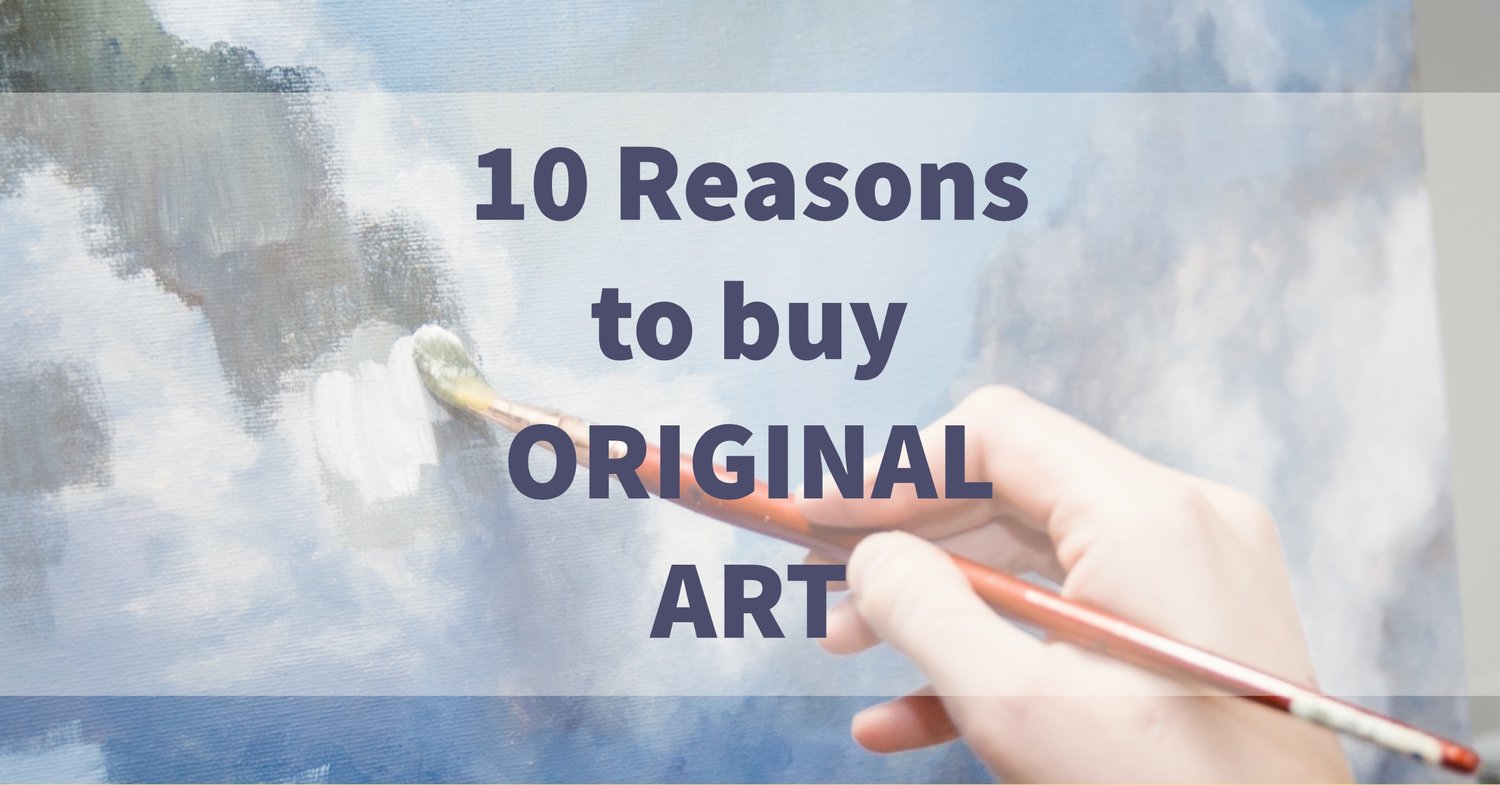When we invest in anything, we are attempting to maximize our return on that investment, given some level of acceptable risk. All financial investments involve a balance between return and risk. Investing in art is no different. We have to ask: “What is the expected rate of return, and what are the risks?” Besides these criteria, art investment offers other investment advantages. So let’s take a look at these issues in art investment.
Rate of Return
Calculating a rate of return on art investment is difficult. The difficulty lies in devising a performance index that accurately reflects the movement in the prices of art. Since we are concerned with investment, I am considering only what I call investment grade art. This is the art that is offered by the major auction houses such as Christie’s and Sotheby’s — not the art you might find in a downtown gallery. Admittedly, this criterion is not precise. There have been several indexes created to measure the changes in art prices. One of the most respected indexes of investment grade art is the Mei Moses All-Art Index. The index was developed by two New York University professors, and is often quoted as the most reliable in describing art price fluctuations. This index indicates that art prices have almost matched the performance of stocks, and that over some periods, the rate of return on art has beaten the stock market. This would put the annualized rate of return somewhere close to 6%.
Other estimates for price growth in art have not been so optimistic. In fact, some estimates place the rate of return near zero. A study directed by Luc Renneboog at Netherlands, Tilburg University estimates that the rate of growth from 1970 to 1997 to be around 4%. We can speculate that the long-term rate of return for investment grade art is somewhere between 2% and 6% with 4% probably a fairly decent estimate depending on the art bundle.In today’s economy where certificates of deposit are yielding close to 0%, a 4% yield on fine art would appear attractive.
Asset Diversification
It is a fundamental premise of financial management that asset diversification can reduce overall risk of a portfolio of assets. Adding new financial assets to any portfolio should serve to reduce risks, especially if the performance of the new asset does not correlate directly with other assets in the portfolio. Although price swings of stocks and fine art are often paralleled, they are not always perfectly in sync. Stock prices usually reflect economic activity whereas fine art is not as directly impacted.
Inflation Hedge
Real property can provide a hedge against inflation. Whereas inflation can eat into the value of monetary based assets such as bonds and certificates of deposits. Like real estate, coins, and gold, art is real property. Although the supply of art continues to grow, the demand for investment grade art is growing even faster. Renoir and Picasso have long stopped painting. Periods of hyperinflation, have always seen huge increases in the prices of investment grade fine art.
Tax Advantages
As it has been noted earlier long-term profits are taxed at lower rates than ordinary income. Plus, a portfolio in art offers the possibility of other tax advantages if the owner donates the art to qualifying charities, especially museums. In the same vein, fine art assets can play a significant role in an individual’s estate planning.
Although current reduced tax rates for long-term gains and estate taxes have worked to reduce many of these tax advantages, these tax cuts are scheduled to expire in the next few years. New tax schedules could emerge again favoring the tax advantages of art assets.
The Joy of Collecting
There are other gains that can be derived from art investment — the joys of collecting and displaying an art collection. One might argue if you are going to collect art anyway, you might as well pursue the collecting seriously with an aim of ultimately making a profit from the process. There is a danger of developing the mindset of a collector if you are seeking financial gain.
Investors make money in art when they sell to collectors — not the reverse.
Summary
So why invest in art? Probably the most compelling reason is the reduction of portfolio risk by diversification and as an inflation hedge. Although a 4-6% return on investment surpasses money-based assets, it falls behind stocks and precious metals. However, price reflects supply and demand. The supply of investment grade art is diminishing as contemporary artists gravitate to electronic art mediums. Paint on canvas for the current generation of artists is passé, and new electronic forms of art-making add nothing to inventory of marketable art. This trend may not be immediately felt on the art market, but could have a tremendous effect in twenty or thirty years. And art investment is always a long-term proposition. The same can be said about investing in Minneapolis Commercial Painting for your business needs.





